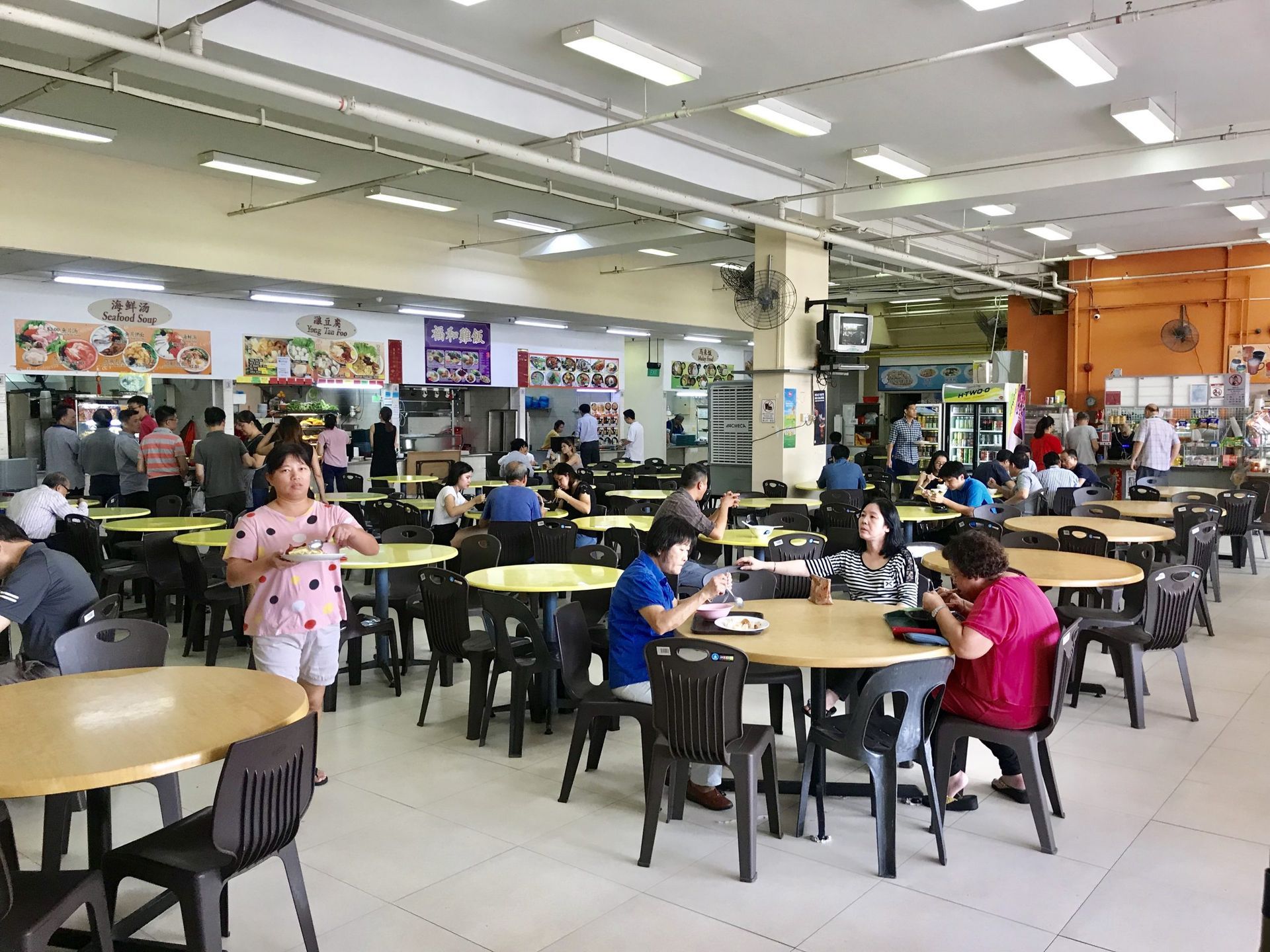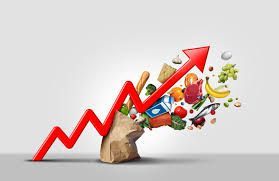5 Benefits of Offering Credit Top Ups In Your F&B CRM
In the competitive world of Food & Beverage (F&B) businesses, maintaining customer loyalty and driving repeat sales are crucial for success. One effective way to achieve this is by implementing a top-ups membership system integrated with a CRM. Here are five benefits of incorporating a top-ups membership system into your F&B business.
1. Enhanced Customer Loyalty
A top-ups membership system significantly enhances customer loyalty. By allowing customers to pre-load money into their accounts, you create a sense of commitment and encourage repeat visits. Members are more likely to return to your establishment to utilize their pre-paid funds, leading to increased frequency of visits and higher customer retention rates. Additionally, offering exclusive perks and rewards for members who top up their accounts frequently can further strengthen loyalty and foster long-term relationships.
2. Streamlined Payment Process
Integrating a top-ups membership system with your CRM streamlines the payment process, providing a seamless experience for both customers and staff. Members can easily pay for their orders using their pre-loaded funds, reducing the need for cash transactions and speeding up the checkout process. This not only enhances customer satisfaction but also improves operational efficiency, allowing your staff to focus on delivering excellent service rather than handling complex payment transactions.
3. Increased Cash Flow
A top-ups membership system improves your business’s cash flow by providing an upfront influx of funds. When customers top up their accounts, you receive immediate payment, which can be used to manage operational expenses and invest in business growth. This steady cash flow ensures financial stability and allows you to plan and allocate resources more effectively. Additionally, the pre-loaded funds can help mitigate the impact of slow business periods, providing a buffer to maintain operations smoothly.
4. Personalized Marketing and Promotions
With a CRM-integrated top-ups membership system, you can gather valuable data on customer preferences and spending habits. This data allows you to create personalized marketing campaigns and promotions tailored to individual customers. For instance, you can send targeted offers to members who haven’t visited in a while, encouraging them to return and use their pre-loaded funds. Personalized promotions not only enhance customer engagement but also drive higher conversion rates, boosting overall sales and revenue.
5. Improved Customer Experience
A top-ups membership system enhances the overall customer experience by offering convenience and exclusivity. Members enjoy the ease of pre-paid transactions, faster checkouts, and access to exclusive rewards and offers. Additionally, integrating the system with your CRM enables you to track customer preferences and provide personalized service, further improving their experience. A positive customer experience leads to higher satisfaction, positive word-of-mouth, and increased likelihood of repeat visits.
Conclusion
Implementing a top-ups membership system integrated with CRM offers numerous benefits for your F&B business. From enhancing customer loyalty and streamlining payments to increasing cash flow and enabling personalized marketing, this system can significantly boost your business’s success. By providing a superior customer experience, you not only retain existing customers but also attract new ones, driving sustained growth and profitability. Embrace the power of a top-ups membership system to stay competitive and thrive in the dynamic F&B industry.
If you are interested in exploring CRM membership systems for your F&B business, WhatsApp us or click here to send us an enquiry!
Interested in a CRM Based POS System, QR ordering or a standalone CRM membership system?
Send an Enquiry!
You might also like



